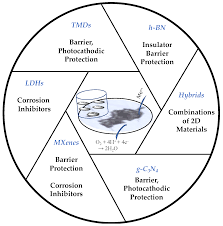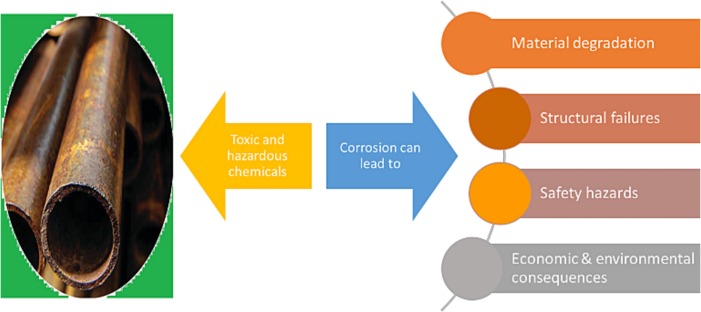Corrosion, the gradual degradation of materials due to chemical reactions with their environment, poses a significant challenge to the durability and safety of infrastructure worldwide. From bridges and pipelines to buildings and transportation systems, the impact of corrosion can be severe, leading to structural failures, increased maintenance costs, and safety hazards. However, the field of corrosion protection has seen remarkable advancements in recent years, driven by innovative technologies and materials that promise to extend the lifespan and reliability of critical infrastructure.
One notable breakthrough in corrosion protection is the development of advanced coatings and paints engineered to provide robust barrier properties against corrosive elements. Traditional coatings, such as epoxy and polyurethane, have long been utilized for their protective qualities, but recent advancements have led to the creation of multi-functional coatings that offer enhanced resistance to corrosion, abrasion, and chemical exposure. These coatings often incorporate nanoparticles or other additives that improve adhesion, durability, and self-healing capabilities, thereby significantly extending the maintenance intervals and lifespan of coated structures.
Furthermore, the emergence of nanotechnology has opened up new avenues for combating corrosion at the molecular level. Nanocoating’s, composed of nano-sized particles or polymers, exhibit superior properties compared to their conventional counterparts. These coatings can form ultra-thin layers with exceptional adhesion and coverage, effectively shielding surfaces from moisture, oxygen, and other corrosive agents. Moreover, nanomaterials possess inherent properties such as high strength, flexibility, and chemical resistance, making them ideal candidates for protecting infrastructure in harsh environments, including marine and industrial settings.
In addition to coatings, novel alloy formulations and surface treatments have been developed to enhance the corrosion resistance of structural materials. By optimizing the composition and microstructure of metals and alloys, researchers have achieved significant improvements in their performance under corrosive conditions. For instance, the introduction of alloying elements such as chromium, nickel, and molybdenum can impart greater resistance to corrosion, while surface treatments like passivation and anodizing create protective oxide layers that inhibit further degradation.
Another promising approach to corrosion protection involves the use of electrochemical techniques, such as cathodic protection and impressed current systems. These methods involve the application of electric currents to modify the corrosion potential of metal surfaces, thereby preventing the formation of corrosion cells. Cathodic protection systems, which utilize sacrificial anodes or impressed currents to polarize metal structures, have proven highly effective in mitigating corrosion in buried pipelines, offshore platforms, and reinforced concrete structures.
Moreover, the integration of smart monitoring and predictive maintenance technologies has revolutionized the way corrosion is managed in infrastructure assets. Remote sensing devices, corrosion sensors, and data analytics platforms enable real-time monitoring of corrosion rates, localized damage, and environmental conditions, allowing for timely intervention and proactive maintenance strategies. By harnessing the power of big data and predictive modeling, asset owners can optimize their maintenance schedules, prioritize critical repairs, and minimize the risk of costly downtime and safety incidents.
In conclusion, the field of corrosion protection for infrastructure has undergone remarkable advancements in recent years, driven by innovation in materials science, nanotechnology, electrochemistry, and data analytics. These advancements offer promising solutions to the challenges posed by corrosion, enhancing the durability, reliability, and safety of critical infrastructure assets. As the world continues to rely on aging infrastructure systems, investing in advanced corrosion protection technologies will be essential to ensure their long-term sustainability and resilience in the face of evolving environmental threats.





